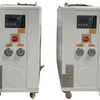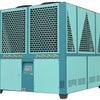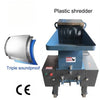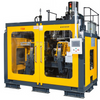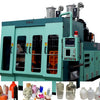Design, Application, and Market Trends of 5-Liter Extrusion Blow Molding Machines
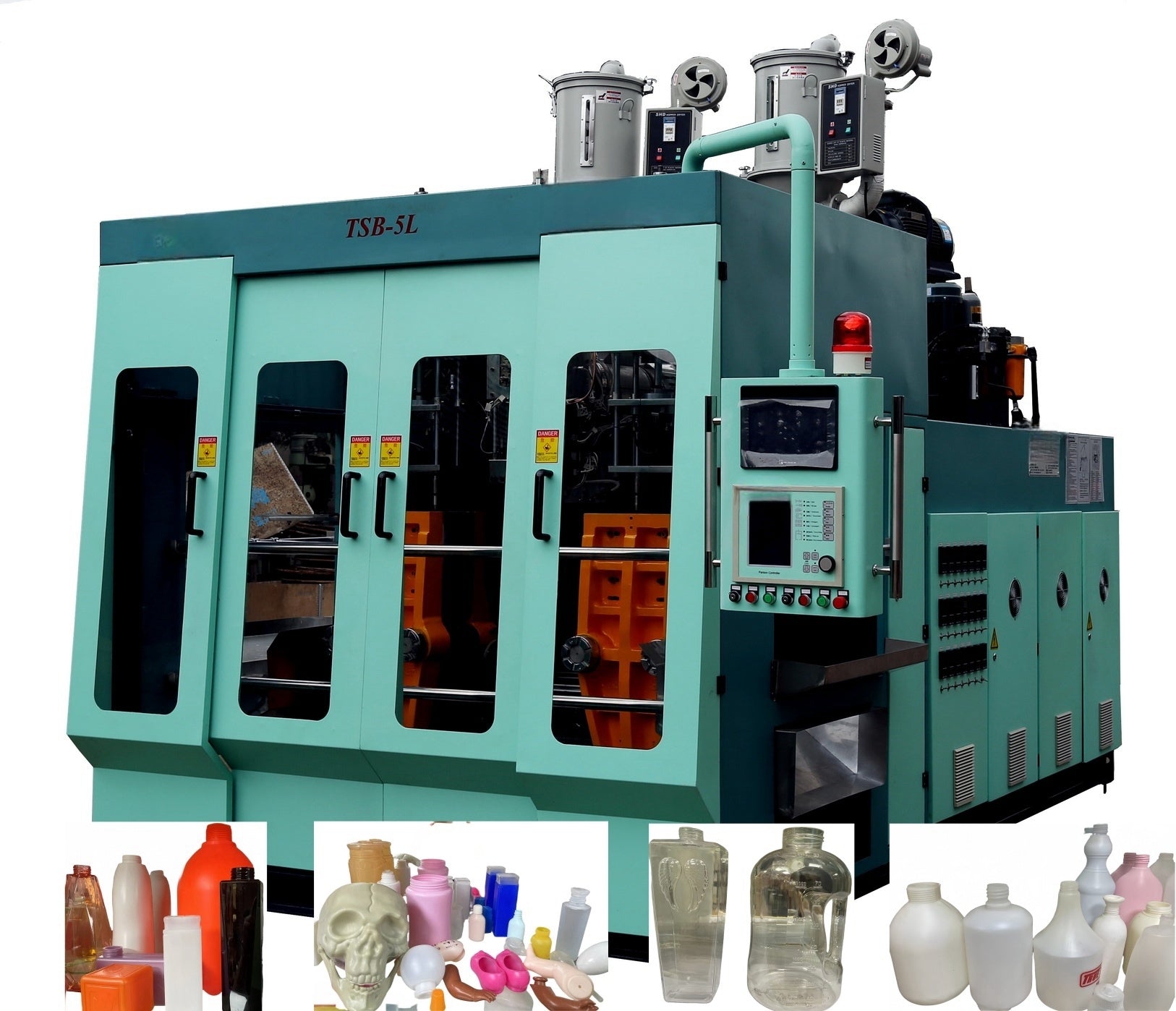
1. Introduction
Extrusion blow molding machines (EBMMs) are widely used in the production of hollow plastic products, ranging from small bottles to large industrial containers. The 5-liter EBMM, in particular, has gained prominence due to its versatility in manufacturing containers for beverages, chemicals, and household goods. This paper focuses on the technical architecture, operational efficiency, and market relevance of 5-liter EBMMs, drawing insights from recent advancements and industry data.
2. Technical Design and Specifications
2.1 Core Components
The 5-liter EBMM consists of the following key components:
- Extruder: Melts and homogenizes thermoplastic materials (e.g., HDPE, PP, PVC) using a screw with a diameter of 65–70 mm (models LSN65S and LSN70D).
- Mold System: Adjustable cavity configurations (1, 2, 4, or 6 cavities) to accommodate semi-automatic, manual, or fully automated production.
- Hydraulic System: Ensures precise clamping force (68 kN) and mold opening/closing cycles within 5–7 seconds.
- Control Panel: Integrates programmable logic controllers (PLCs) for parameter adjustments, such as temperature (140–180°C) and screw speed (10–70 RPM).
2.2 Performance Metrics
| Parameter | Model LSN65S | Model LSN70D |
|---|---|---|
| Max Container Capacity | 5L | 5L |
| Screw Diameter | 65 mm | 70 mm |
| Output Capacity | 60 kg/h (PE) | 70 kg/h (PE) |
| Total Power Consumption | 45.5 kW | 49.4 kW |
| Machine Dimensions | 3390×1750×2400 mm | 3800×2140×2400 mm |
2.3 Energy Efficiency
Modern 5-liter EBMMs incorporate energy-saving technologies:
- Variable-Frequency Drives (VFDs): Reduce motor energy waste by adjusting power output to match production needs.
- Electromagnetic Heating: Achieves 30–70% energy savings compared to traditional resistance heaters.
- Optimized Air Circuits: Minimizes compressed air consumption (0.4 m³/min at 0.8 MPa).
3. Industrial Applications
3.1 Packaging Industry
- Beverage Sector: Produces 5-liter PET bottles for water and soft drinks.
- Household Chemicals: Manufac-tures HDPE jerry cans for detergents and cleaning agents.
- Food Storage: Creates airtight containers for edible oils and syrups.
3.2 Automotive and Industrial Use
- Coolant Tanks: Precision-molded parts for automotive radiators.
- Chemical Drums: Durable containers for transporting industrial solvents.
3.3 Medical and Sanitary Products
- Sterile Containers: Complies with GB/T 35382-2017 standards for pharmaceutical packaging.
4. Market Trends and Competitive Landscape
4.1 Global Demand Drivers
- Emerging Markets: Rapid industrialization in Southeast Asia and Africa has boosted demand for affordable 5-liter EBMMs.
- Sustainability: Growth in recyclable HDPE production aligns with EU directives on plastic waste reduction.
- Customization: Modular designs allow manufacturers to switch between cavity configurations for diverse product lines.
4.2 Regional Market Dynamics
- Asia-Pacific: China dominates with 60% of global EBMM exports, leveraging cost-effective manufacturing (e.g.,张家港市龙斯机械有限公司).
- Europe and North America: Demand focuses on high-precision machines for medical and automotive applications.
4.3 Key Players
- Zhangjiagang Longsi Machinery: Offers cost-effective 5-liter EBMMs with 2-year warranties and global after-sales support.
- Bosch Packaging Technology: Specializes in high-speed, fully automated systems.
5. Future Innovations
5.1 Industry 4.0 Integration
- Smart Sensors: Real-time monitoring of parameters like melt temperature and mold pressure.
- AI-Driven Optimization: Predictive maintenance systems reduce downtime by 30%.
5.2 Sustainability Advances
- Bio-Based Polymers: Compatibility with PLA and PHA materials for eco-friendly production.
- Closed-Loop Systems: Recirculating cooling water and reclaiming process heat.
5.3 Globalization Strategies
- Localized Production: Companies like Zhangjiagang Longsi are establishing subsidiaries in Vietnam and India to reduce costs and improve service response times.
6. Conclusion
The 5-liter extrusion blow molding machine remains a cornerstone of mid-capacity plastic manufacturing. Its technical evolution—marked by energy efficiency, automation, and adaptability—positions it as a strategic asset for industries worldwide. As global demand for sustainable and smart manufacturing solutions grows, further innovations in EBMM technology will be critical to maintaining competitiveness in the $350 billion global plastics market.

